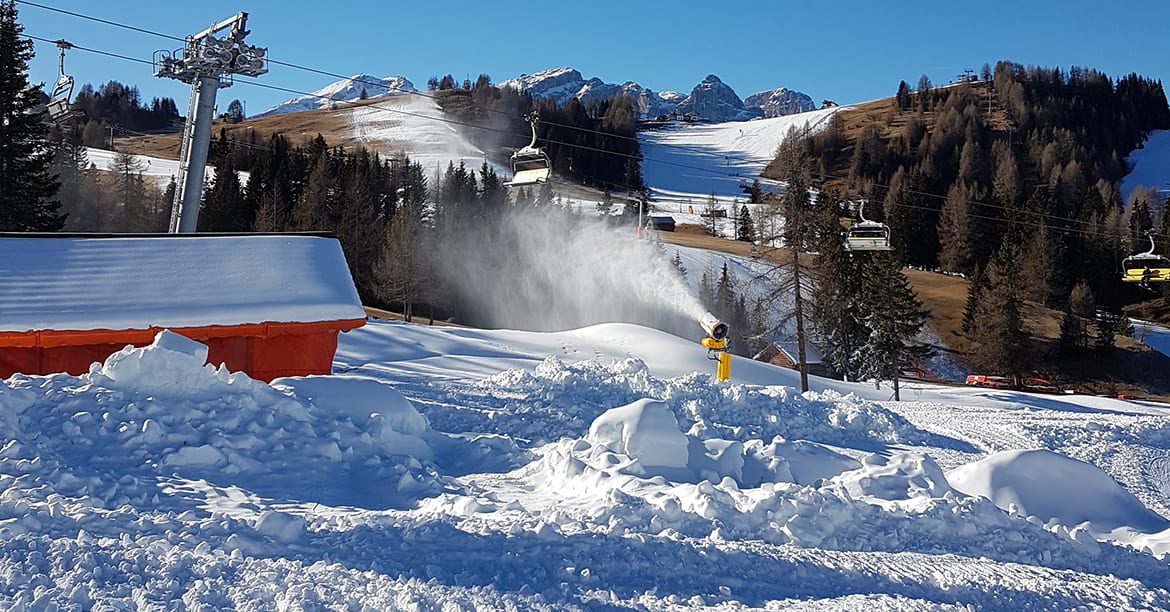Remember, this thread is about Eastern molehills. The snowmaking situation at SV and BC is completely different.That's the way Sun Valley does it. I got a tour of their snowmaking facility in 2010 with NASJA. Mid-season snowmaking topping off groomed runs has 8-10% water content and is called "gunpowder" by the locals. I observed similar snowmaking in action at Beaver Creek in 2015(?), deliberately skied through it once to verify that it was not heavy at all.
EDIT: post was moved
That's true mostly during early season. Pretty sure curing also happens in the midwest, but probably only during early season before a base has been built up. In the southeast, snow whales may be created later on when a warm spell has essentially melted off most, if not all, of the base for a given trail that has a lot of sun exposure. In the southeast, there are seasons when that happens more than once. Especially if there is any rain along with warm temps.I have read that East Coast resorts need to let machine-made snow 'cure' or drain' for 24 hours if possible, so that it does not transition directly to ice.
I am not sure if this happens for early openings or Holiday recovery operations. I have seen Killington slather wet snow on trails after rain events to try to create a skiable surface.
The piles under snowguns set up to blow in one place for a day or three are called "snow whales." Can be 10-15 ft high. Anyone who tries to ski over a fresh one at speed may not be happy when their skis come to a dead stop because the snow is so sticky. I've watched people double-eject on a snow whale in the middle of the main blue groomer at Massanutten. Have even seen a ski patroller lose it when not going that fast.
The steepest snow whales I've skied in the southeast were at Timberline in WV on one of the double-blacks. They had been left a bit longer than necessary on purpose at the request of PSIA trainers for 2-day clinics for Level II ski and snowboard instructors. One of the trainers was an Examiner who worked at Massanutten. One of the instructors taking a clinic was someone I knew from EpicSki.
Here are examples from early December 2014 in the northeast. Not molehills though.
Snow whales at Loon in NH, December 2, 2014
Snow whales at Sunday River in Maine, December 5, 2014
Fun snow whales at Wildcat in NH, December 4, 2014
After the cat track, this narrow trail took a turn and became steep enough that I was having to concentrate. Was an adventurous advanced intermediate back then. I decided to give it a try since I was following someone who seemed to know exactly where he was going. He turned out to be a retired local who had skied Wildcat for decades. Had a good time skiing with him for the next hour or so. In this case, skiing on the whales was fun because the top few inches of new snow was relatively dry.
Last edited:
